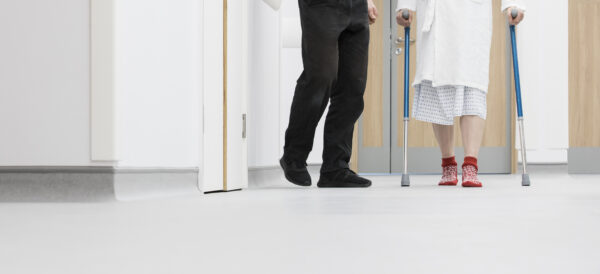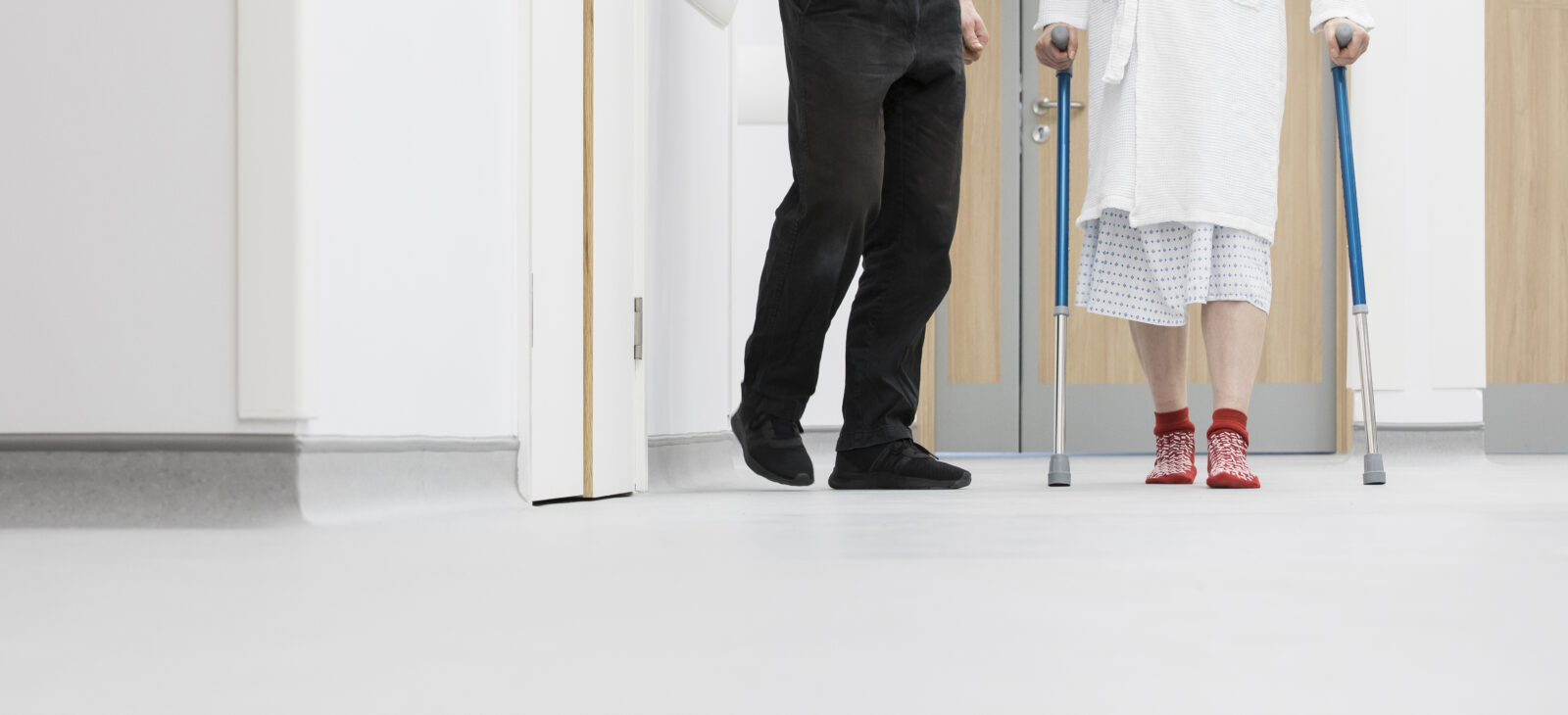Contact number: 020 7806 4060
What is Toe Joint Fusion Surgery?
Toe joint fusion surgery involves permanently joining the bones in a toe joint to eliminate pain and restore stability. This procedure is commonly recommended for:
- Arthritis: To reduce pain and inflammation caused by wear and tear or autoimmune conditions.
- Deformities: Such as hammer toe or mallet toe, where the joint becomes misaligned.
- Joint Damage: From trauma or other degenerative conditions.
The procedure stabilises the joint by removing damaged cartilage and using screws, plates, or pins to secure the bones in a fixed position, allowing them to heal together.
Toe Joint Fusion Surgery at St John & St Elizabeth Hospital
At St John & St Elizabeth Hospital, we focus on providing personalised care for patients having toe joint fusion surgery. Our experienced surgeons take the time to understand your needs, using careful and precise methods to support your recovery and help you regain comfort and mobility.
Why choose us for toe joint fusion surgery?
- Specialist Orthopaedic Surgeons: Our consultants are highly experienced in treating foot and toe conditions.
- Modern Techniques: We use advanced surgical methods to minimise discomfort and support recovery.
- Comprehensive Care: From consultation to post-operative support, we provide personalised care every step of the way.
- Accessible Location: Based in NW8, we serve patients from Hampstead (NW3), Kilburn (NW6), and the wider London area.
We are committed to helping you find relief from pain and achieve improved mobility through expert care.
Consultants who perform Toe Joint Fusion Surgery in London
How Much Does Private Toe Joint Fusion Surgery Cost?
£2,995
Private Toe Joint Fusion Surgery costs £2,995 at St John & St Elizabeth Hospital.
The price shown includes all hospital related costs associated with your treatment, from admission to discharge. The price does not include the cost of consultation, diagnostics, or the surgeon or anaesthetist fee.
Our hospital fee is guaranteed at the price quoted and valid for one month from the date issued, subject to pre-assessment.
Frequently Asked Questions About Toe Joint Fusion Surgery
St John & St Elizabeth Hospital is located in St John’s Wood (NW8), a well-connected area of North West London. We are conveniently accessible for patients from Hampstead (NW3), Kilburn (NW6), and beyond.
By Tube:
- St John’s Wood station (Jubilee Line) is a 5-minute walk from the hospital.
- Finchley Road (NW3) and Kilburn stations (NW6) on the Jubilee Line provide excellent connections.
By Bus:
- Wellington Road: Routes 13, 46, 82, and 113 stop near St John’s Wood Underground Station, just a short walk from the hospital.
- Circus Road: Routes 46 and 187 stop close to the hospital’s Circus Road entrance.
- Abbey Road: Routes 139 and 189 stop near the junction where Grove End Road becomes Abbey Road, providing easy access.
Major Roads:
If you’re travelling from NW3 or NW6, major routes such as Finchley Road or Kilburn High Road offer a direct approach to the hospital
Running after toe fusion surgery is possible for many patients, but it typically requires a period of recovery and rehabilitation. Most patients can engage in low-impact activities within a few months, while higher-impact activities like running may take up to six months or longer, depending on your healing progress and the advice of your consultant.
Wearing heels after toe fusion surgery may be limited, as the fused joint no longer bends. Comfortable, supportive footwear is usually recommended to avoid discomfort or strain. If you wish to wear heels, your surgeon can provide guidance on the best options for your specific case.
The procedure typically takes 60 to 90 minutes, depending on the complexity of the condition and the joint being treated.
Recovery involves rest and avoiding weight-bearing activities on the affected foot for several weeks. Depending on the healing process, most patients can resume normal activities within 8 to 12 weeks.
Regular follow-up appointments will be scheduled to monitor your recovery and assess the success of the surgery. These visits are essential to address any concerns and ensure optimal recovery. During these appointments, your doctor will also determine if further surgery is needed to address any complications, such as pain under the second toe or issues with the metalwork in the foot. Physical therapy will be a key component of your rehabilitation, helping to rebuild strength, flexibility, and range of motion in the foot over several weeks.
Toe joint fusion is recommended for patients with persistent pain, deformities, or joint instability that has not improved with non-surgical treatments such as orthotics, physiotherapy, or medications.


